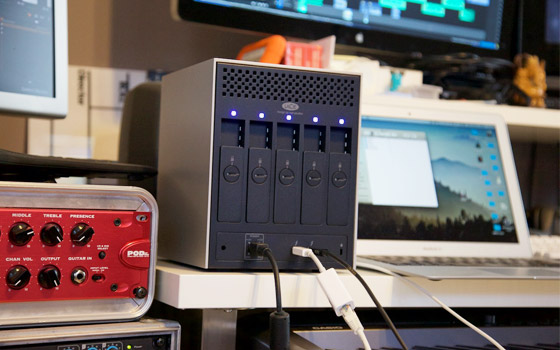Lights, Camera, 5big: Excelling with 4K Workflows
By Jim Bask
If you work (or play) in the video industry, you’ve likely heard of the Society of Motion Picture and Television Engineers, or SMPTE. They’re the people responsible for bringing standards that facilitate interoperability, to the film and television industry — or simply put, they’re the people who make sure that you can actually see and hear a quality motion picture, no matter where or how it was produced. From the days before even the of the first talkies to 4K Ultra HD, SMPTE has been on the leading edge of technology. And as technology has progressed, so too have data storage needs.
The Technology behind Moving Images
Howard Lukk from Pannon Entertainment volunteers as SMPTE’s Standards Director, one of the organization’s nearly 6,200 members and volunteers spread out across the world. Former vice president of production technology at The Walt Disney Studios, Lukk was named as director for Moving Images, a documentary that details the history of SMPTE — from its chartering in the early days of 1916 by a United States government that saw the film industry’s potential during wartime, through the early days of television and into today’s HD-dominated world. And considering SMPTE’s focus on technology, it shouldn’t surprise anyone that the film is being shot in 4K. Doing this, however, has its challenges.
“We shot with two Canon C500s, because it can shoot uncompressed 4K,” explains Lukk. “We picked up some codex recorders to capture the raw, uncompressed data, but each card can only hold about 25 to 27 minutes of footage. It ends up being about 3 TB of data per day that we need to store.”
What’s more, any storage solution has to be as mobile as the documentary crew — able to be carried in airports and sustain the rigors of traveling, while providing exceptional reliability. This focus on mobility and reliability were what drove Lukk’s decision to choose the LaCie 5big Thunderbolt 2 for Moving Images’ data storage needs. But it was the speed of the LaCie 5big Thunderbolt 2 that really set it apart from the competition…[continue reading]


